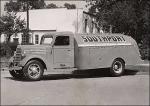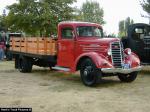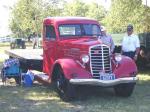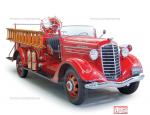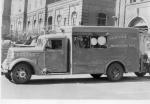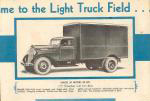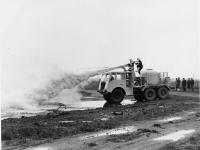Mack » Jr.
The great economic depression of beginning thirtieth was extremely painful blow for whole automobile industry. Manufacturers responded in their own way to radically changed circumstance: someone combined, changed production range, generally folded activities declared himself bankrupt and sold the equipment, but others was looking out to expand model range. Mack company at that time offered only medium and heavy duty truck models. But the lightweight models are more economical in operation, and purchase - and far more effective for shipments of small lots. Then Mack signed a contract with the REO company and began selling its successful model Speedwagon under its own brand.
Agreement about cooperation was reached in October 1934, and soon the pickups, vans and trucks of Lansing began to be marketed through the Mack's sales network. They were given the trade name Junior (Mack used this name in 1911-1913 years on the 1-1/2 ton trucks to distinguish them from more powerful 3 and 5-ton Senior models).
Early versions of Junior model (it is also designated as the Mack Jr.) did not differ from the REO trucks. The early series 1M was replaced in 1936 by a more modern 2M, which had some external differences. This new generation was specifically designed to be looked as Mack, obscure a significant relationship with the original model REO, now called Speed Delivery (and built on the chassis of passenger car). New design included two parallel moldings and company's bulldog logo on the nose. Mack Jr. and REO Speed Delivery were available with two wheelbases, four and six-cylinder engines, pickup truck or delivery van bodies. Carrying capacity varied from 500 kg to 3 tons, which was reflected in the M-code (for example, 2-ton models was Jr. 20MX). In 1938, the model Jr. was replaced by own model ED. The overtype version Jr. 30MT was also avaiable.


